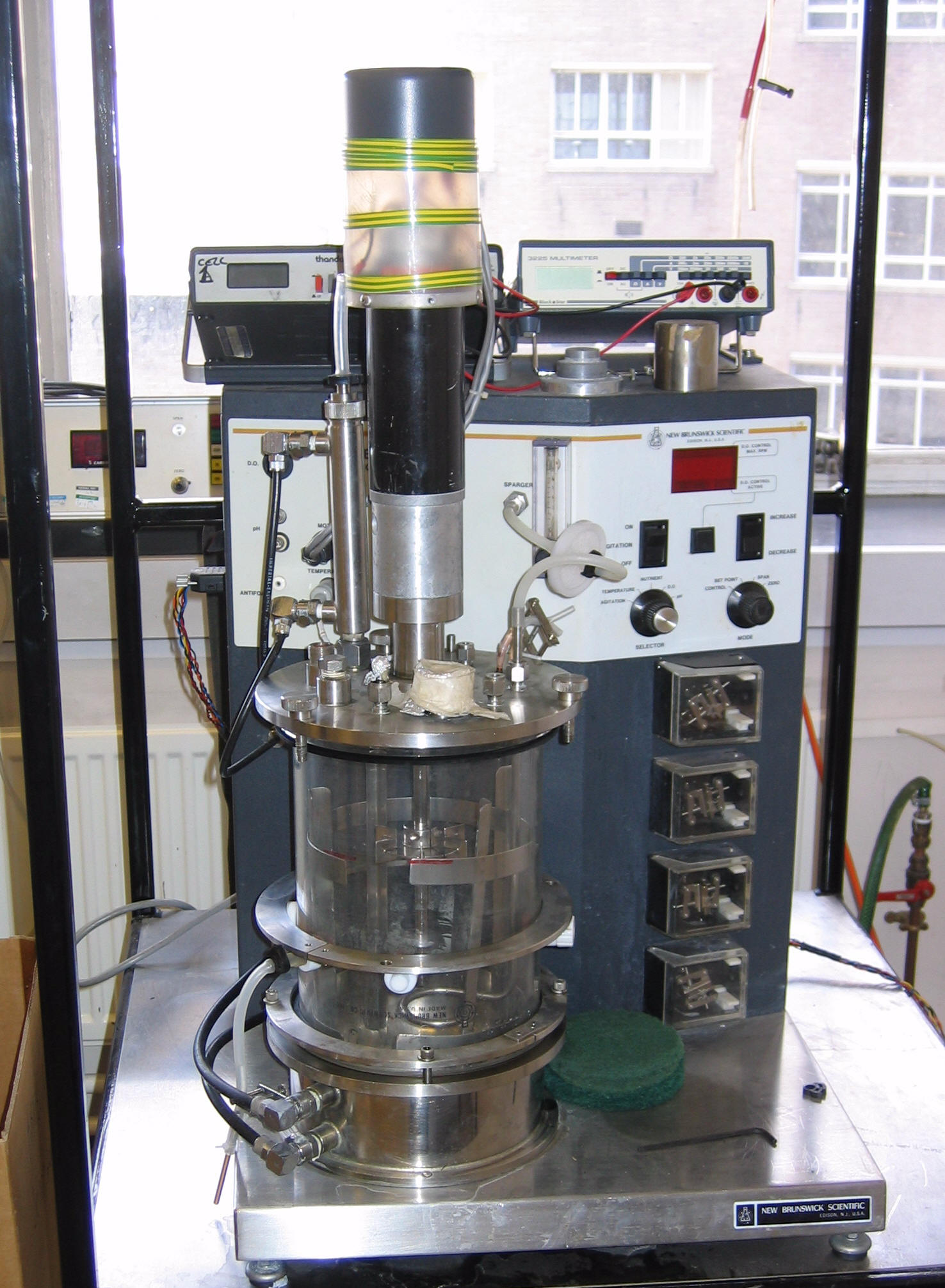|
Increasing the Oxygen Mass
Transfer in Bioprocess Systems
The use of fermentation
systems as a means of producing high commodity
products at an industrial level has occurred
since the mid 1930’s, most of them being
anaerobic systems. The most common products
produced were primary metabloites (such as
ethanol, glycerol) and other such products.
Modern fermentation systems however produce a
lot more complex products such as secondary
metoblites (such as anitbiotics) made from
gentically modified organisms, to insulin
production by Escherichia coli. Most modern
fermentation systems are aerobic in nature, all
have the problem that the oxygen mass transfer
is diffusion limited and insufficent to sustain
a high growth rate of the microbial community.
Some of the methods used in
the Chemical Process Industry to increase the
oxygen mass transfer in a reactor have included
raising the reactor temperature, and also
increasing the rate of agitation. However in a
bioprocess some of these methods can not be used
to increase oxygen mass transfer as the microbe
is sensititive to the slight changes in the
parameter, or the microbe becomes damaged or
destroyed as a result of the change, which
obviously has a negative impact on the system.
The aim of the project is to
look at various different methods of increasing
the oxygen mass transfer within a fermentation
system. Preliminiary experiments will focus on
increasing the overall volumetric mass
coefficent (KLa) in an air-water system before
going on to look at a simple fermentation system
using either E.coli or the yeast Sacchromyces
cerevisiae using a lab scale BioFlow III ™
fermenter (shown below). The ultimate aim of
this project is to develop and test a
centrifugal field packed bed reactor for mass
transfer and productivity enhancement in
fermentation systems.
For more information please
contact Dr Kamelia
Boodhoo or
Prof Jarka Glassey.

|